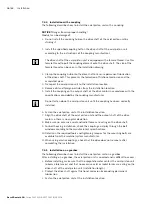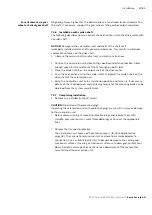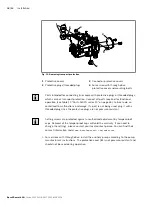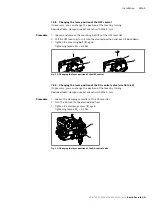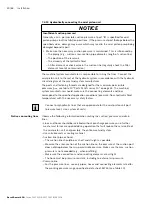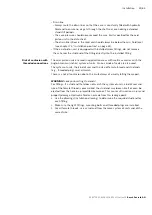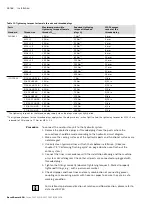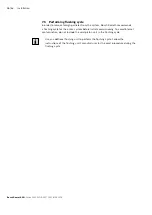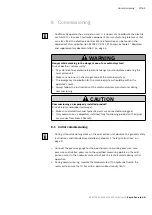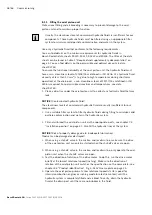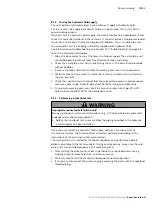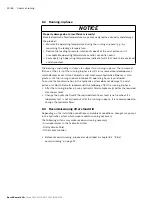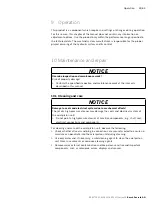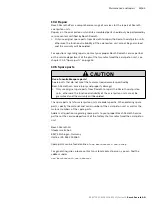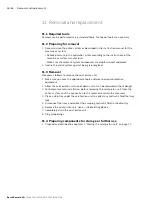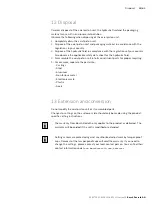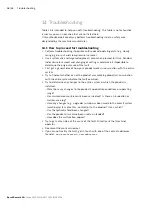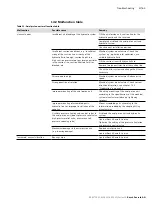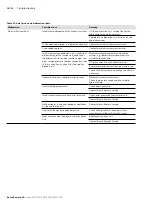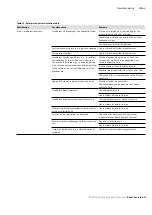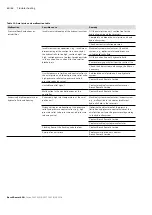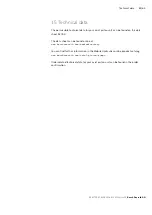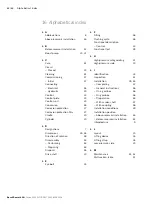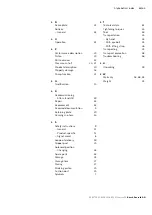
50/64 Commissioning
Bosch Rexroth AG
, Series 10 A10VG, RE 92750-01-B/06.2018
8.2 Running-in phase
NOTICE
Property damage due to insufficient viscosity!
Elevated hydraulic fluid temperature may excessively reduce viscosity and damage
the product!
▶
Monitor the operating temperature during the running-in phase, e.g., by
measuring the leakage temperature.
▶
Reduce the loading (pressure, rotational speed) of the axial piston unit if
unacceptable operating temperatures and/or viscosities occur.
▶
Excessively high operating temperatures indicate faults that have to be analyzed
and eliminated.
The bearings and sliding surfaces are subject to a running-in phase. The increased
friction at the start of the running-in phase results in increased heat development
which decreases over time. Volumetric and mechanical-hydraulic efficiency is also
greater until the running-in phase of about 10 operating hours is concluded.
To ensure that contamination in the hydraulic system does not damage the axial
piston unit, Bosch Rexroth recommends the following after the running-in phase:
▶
After the running-in phase, have a hydraulic fluid sample analyzed for the required
cleanliness level.
▶
Change the hydraulic fluid if the required cleanliness level is not reached. If a
laboratory test is not carried out after the running-in phase, it is recommended to
change the hydraulic fluid.
8.3 Recommissioning after standstill
Depending on the installation conditions and ambient conditions, changes may occur
in the hydraulic system which make recommissioning necessary.
The following criteria may make recommissioning necessary:
• Air and/or water in the hydraulic system
• Old hydraulic fluid
• Other contamination
▶
Before recommissioning, proceed as described in chapter 8.1 “Initial
commissioning” on page 47.

